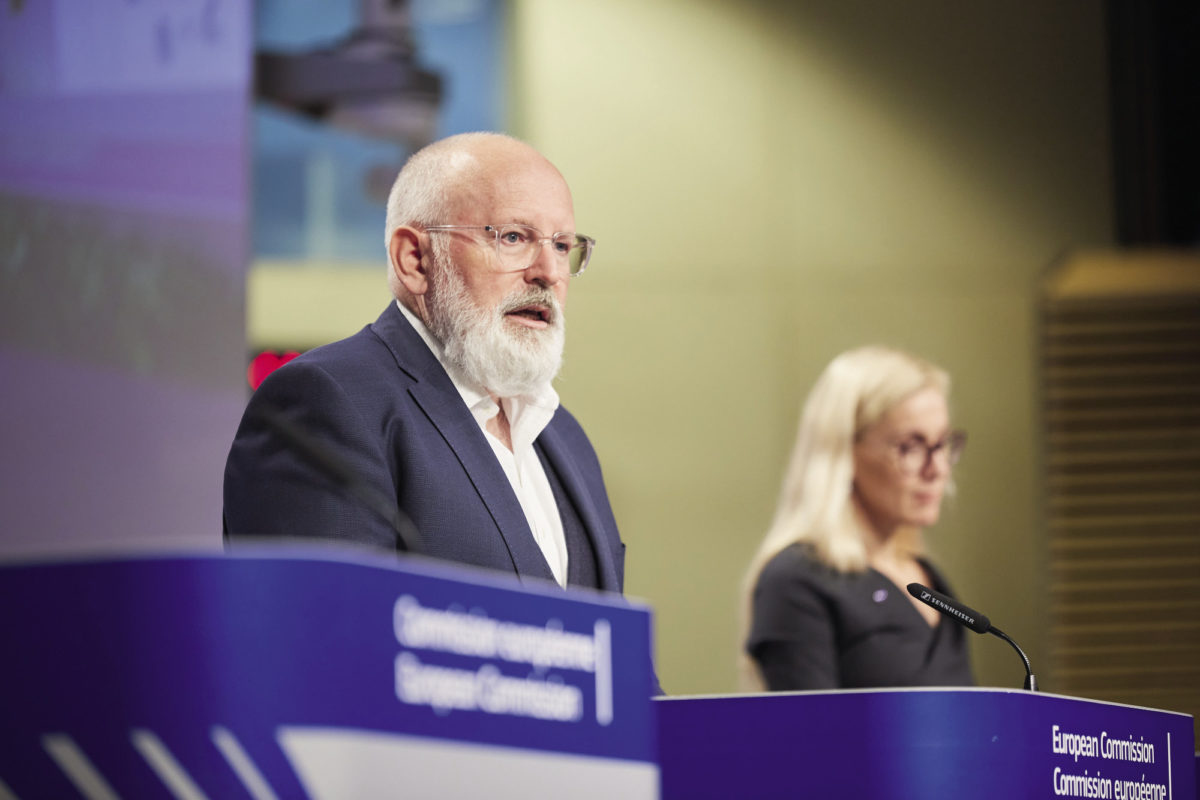The European Commission's newly proposed renewable hydrogen rules clarify the principle of “additionality,” which requires more renewables capacity to power electrolyzers in order to define hydrogen as “green.” The commission introduced a transitional phase for the “time additionality” requirements for hydrogen projects that will start operating before January 2028. For two years, hydrogen producers will be able to match their hydrogen production with their contracted renewables on a monthly basis. “The decision to allow monthly temporal correlation in a transitional period, to then impose more granular matching (with hourly matching from 2030) will provide a first mover advantage, while preserving the integrity of renewable hydrogen in the long term,” said Arthur Daemers, policy adviser for SolarPower Europe. The commission included an exemption for “low-emission” power grids (nuclear) and for grids with high shares of renewables. The European Parliament and the European Council now have two months to either accept or reject the proposals.
The Port of Corpus Christi Authority (PCCA) and Canada's AmmPower have agreed to develop green hydrogen as feedstock for green fuel and green derivatives production, storage, and distribution. “PCCA has emerged as the nation's preeminent gateway for exporting low carbon energy to international markets due to PCCA's ability to provide access to a deep draft channel, land for site location and close proximity to renewable energy,” said Toronto-based AmmPower. The two entities are now checking the feasibility of a facility in Texas to produce green hydrogen derivatives for domestic and export markets. They have not provided any timeline expectations.
Airbus, Fortescue Future Industries (FFI), Air New Zealand, Hiringa Energy, Fabrum, and New Zealand's Christchurch Airport have launched the Hydrogen Consortium “to support the country to pioneer the commercial deployment of green hydrogen-powered aircraft.” The Christchurch Airport is developing a 400-hectare renewable energy precinct. The first phase will focus on research until the end of this year. Hiringa's first four production and high-capacity refueling stations are going online in 2023, with nationwide expansion planned from 2024. Air New Zealand aims to fly its first commercial demonstrator flight from 2026 and begin replacing its Q300 Turboprop fleet from 2030 with low- emission aircraft. Airbus is working to develop and put into service the “world's first hydrogen-powered commercial passenger aircraft” by 2035.
DEWA and ENOC have agreed to cooperate in a feasibility study to establish, develop and operate an integrated pilot project for hydrogen in the mobility sector. The two companies, both based in the United Arab Emirates, will jointly build a hydrogen fueling station and work on a roadmap for a green hydrogen strategy. The agreement supports the hosting of COP28 in Dubai later this year.
pv magazine print edition
This content is protected by copyright and may not be reused. If you want to cooperate with us and would like to reuse some of our content, please contact: editors@pv-magazine.com.



By submitting this form you agree to pv magazine using your data for the purposes of publishing your comment.
Your personal data will only be disclosed or otherwise transmitted to third parties for the purposes of spam filtering or if this is necessary for technical maintenance of the website. Any other transfer to third parties will not take place unless this is justified on the basis of applicable data protection regulations or if pv magazine is legally obliged to do so.
You may revoke this consent at any time with effect for the future, in which case your personal data will be deleted immediately. Otherwise, your data will be deleted if pv magazine has processed your request or the purpose of data storage is fulfilled.
Further information on data privacy can be found in our Data Protection Policy.